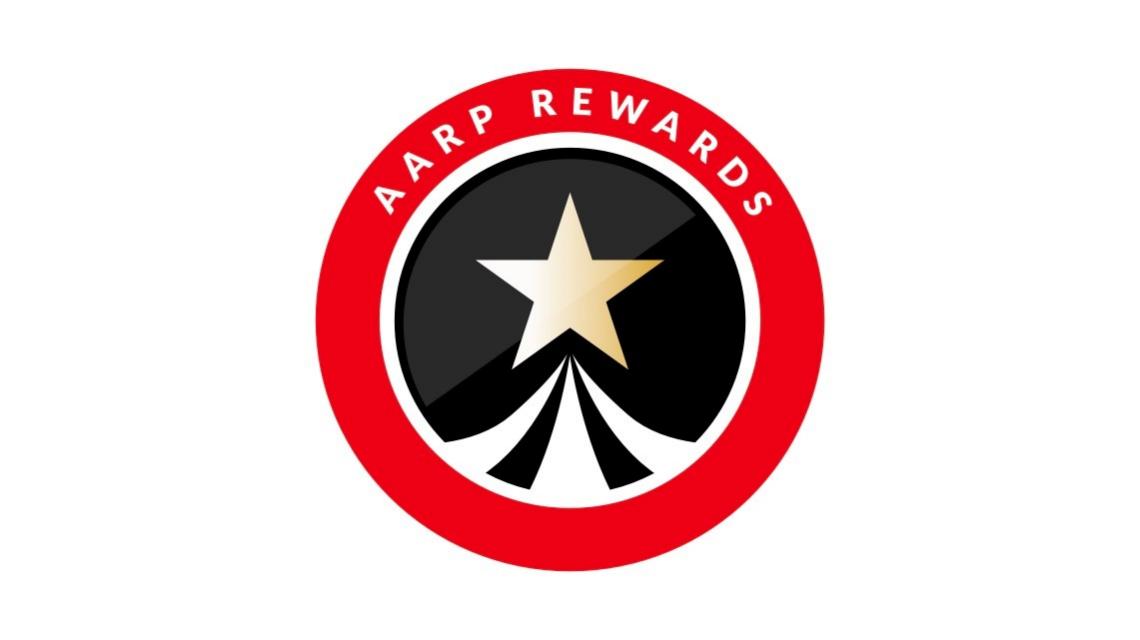Staying Fit
If you or your spouse return to work after you’ve enrolled in Medicare and you sign up for the employer's health insurance plan, you may be able to temporarily drop Part B to save almost $2,100 in premiums in 2024 — or more depending on your income.
You may be able to save more if you can cancel your Medicare Advantage plan, Part D prescription drug plan or other additional health-related insurance you purchased.
But not everyone has this option; it typically depends on the size of the employer. And when you or your spouse retire, you’ll need to reenroll in Part B within a certain time frame to avoid late enrollment penalties.


AARP Membership— $12 for your first year when you sign up for Automatic Renewal
Get instant access to members-only products and hundreds of discounts, a free second membership, and a subscription to AARP the Magazine.
What should I consider before dropping Medicare Part B?
First, find out whether Medicare is primary or secondary to your employer coverage. That will determine whether dropping Part B could leave you with coverage gaps.
At a large employer. If you work for a company with 20 or more employees, the employer’s coverage is primary and Medicare is secondary. You can disenroll from Medicare Part B and use your employer’s coverage instead.
You generally can’t drop Medicare Part A unless you’re paying a premium for it. For people who’ve paid Medicare taxes for 40 quarters — 10 years of work that don’t have to be consecutive — Part A has no premiums.
You can drop Part B while you have coverage from your own or your spouse's current employer. But in order to avoid a permanent Part B late enrollment penalty, you'll need to reenroll in Part B while still working or during a special enrollment period that lasts for eight months after your job-based health insurance stops.
At a small business. The coverage rules are different for smaller companies. For most employers with fewer than 20 employees, Medicare becomes your primary coverage at age 65 and the employer plan provides secondary coverage. If you drop Part B in this situation, you will be left with big coverage gaps.
If you work for a small employer, ask whether you’re required to keep Medicare coverage if you’re 65 or older.




































































More From AARP
5 Steps to Help You Sign Up for Medicare Benefits
When to enroll and what decisions you need to make
Understanding Medicare’s Options: Parts A, B, C and D
Making sense of the alphabet soup of health care choicesWhere Can I Find Answers to My Medicare Questions?
We have 5 resources for you to check out, including AARP